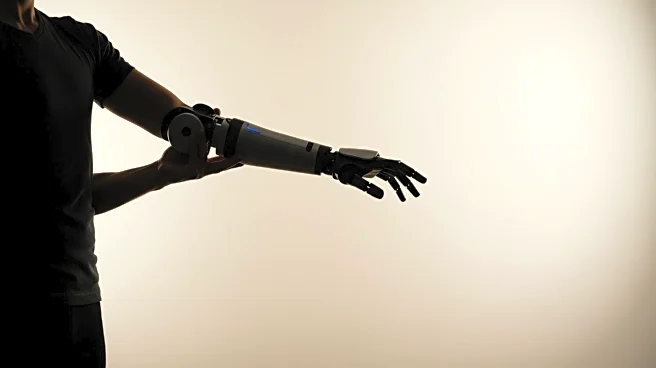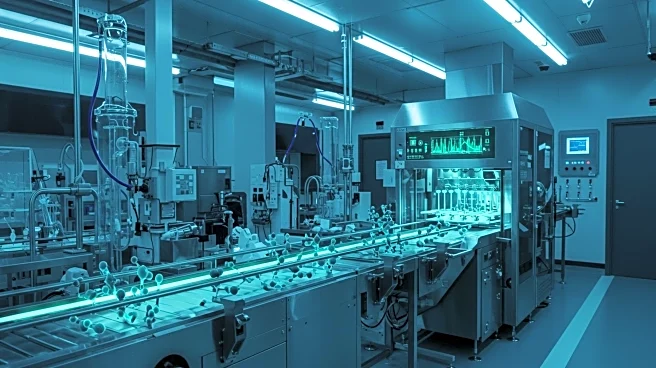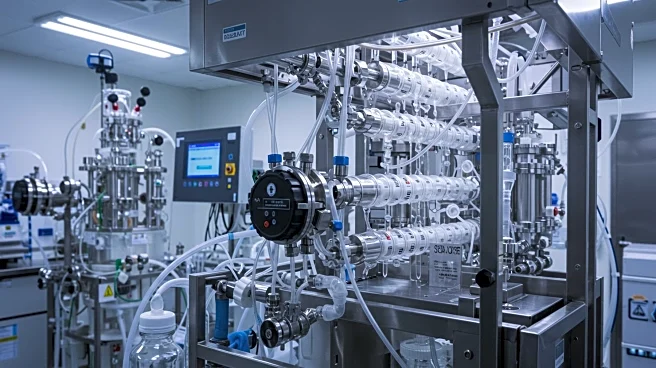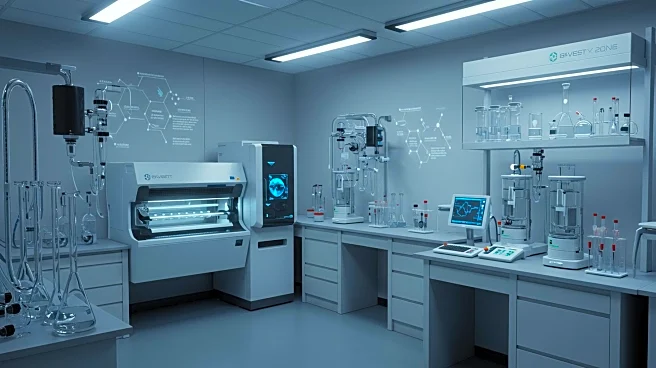Rapid Read • 8 min read
The Rehabilitation Robots Market is experiencing significant growth due to increased adoption in physical therapy, stroke rehabilitation, and mobility restoration. This expansion is driven by the rising incidence of neurological disorders, musculoskeletal injuries, and aging-related disabilities. According to Prophecy Market Insights, the market is segmented by type, end-user, and region, with robust growth projected through 2032. Key drivers include technological innovations in AI-powered, sensor-integrated robots, a shortage of skilled therapists, and the increasing use of wearable exoskeletons for home-based therapy. Exoskeleton robots are particularly popular for aiding patients in regaining mobility post-paralysis or injury, while therapeutic robots focus on upper limb therapy and repetitive motion exercises.
AD
The growth of the Rehabilitation Robots Market is crucial for addressing the needs of an aging population and the increasing prevalence of conditions such as stroke, Parkinson’s disease, and orthopedic trauma. These robotic solutions offer personalized, consistent, and data-driven therapy, which can lead to faster and more measurable rehabilitation outcomes. Hospitals and rehabilitation centers are primary users, integrating robotic systems into post-operative and trauma care to improve patient engagement and reduce therapy duration. The emergence of home-use rehabilitation robots further expands access to these technologies, offering remote progress tracking and enhancing independence and quality of life for patients.
The market is expected to continue expanding, with North America leading due to its advanced healthcare infrastructure and high spending on robotic technologies. Europe and Asia Pacific are also significant markets, with strong government support for elderly care and neuro-rehab. Emerging markets in Latin America and the Middle East are showing increased interest, backed by modernization in rehabilitation medicine. Companies are focusing on innovations such as adaptive learning, soft robotics, and brain-computer interface integration to maintain competitiveness. The rise of pediatric rehabilitation robots and affordable devices for low-resource regions are anticipated trends.
The integration of cloud-based therapy data for outcome monitoring and remote rehabilitation platforms supporting at-home recovery are emerging trends. Cross-sector collaborations with universities and AI labs are driving advancements in rehabilitation robotics. These developments are not just about machines but about enabling movement, independence, and dignity for millions of people, as noted by industry experts.
AD
More Stories You Might Enjoy










